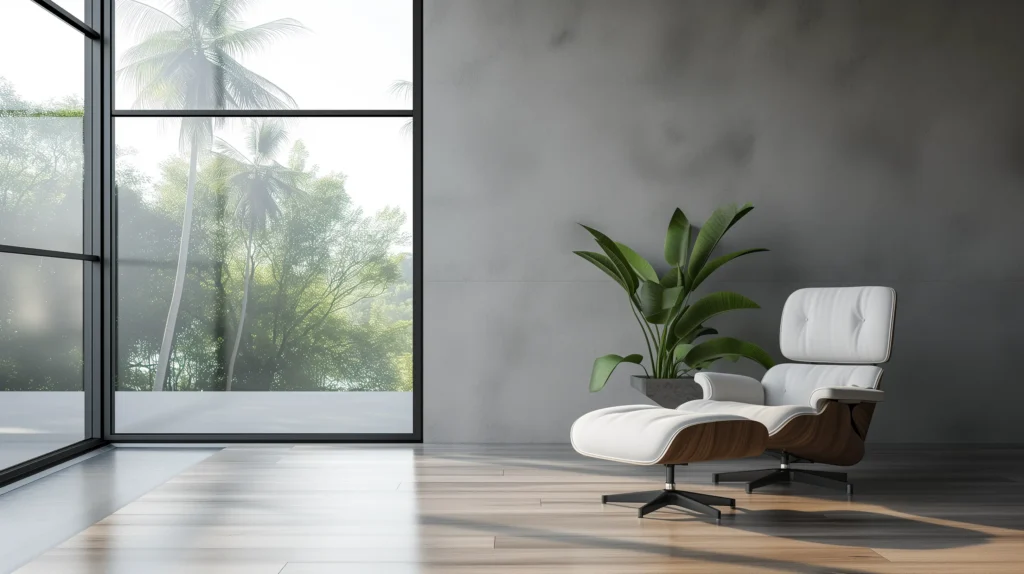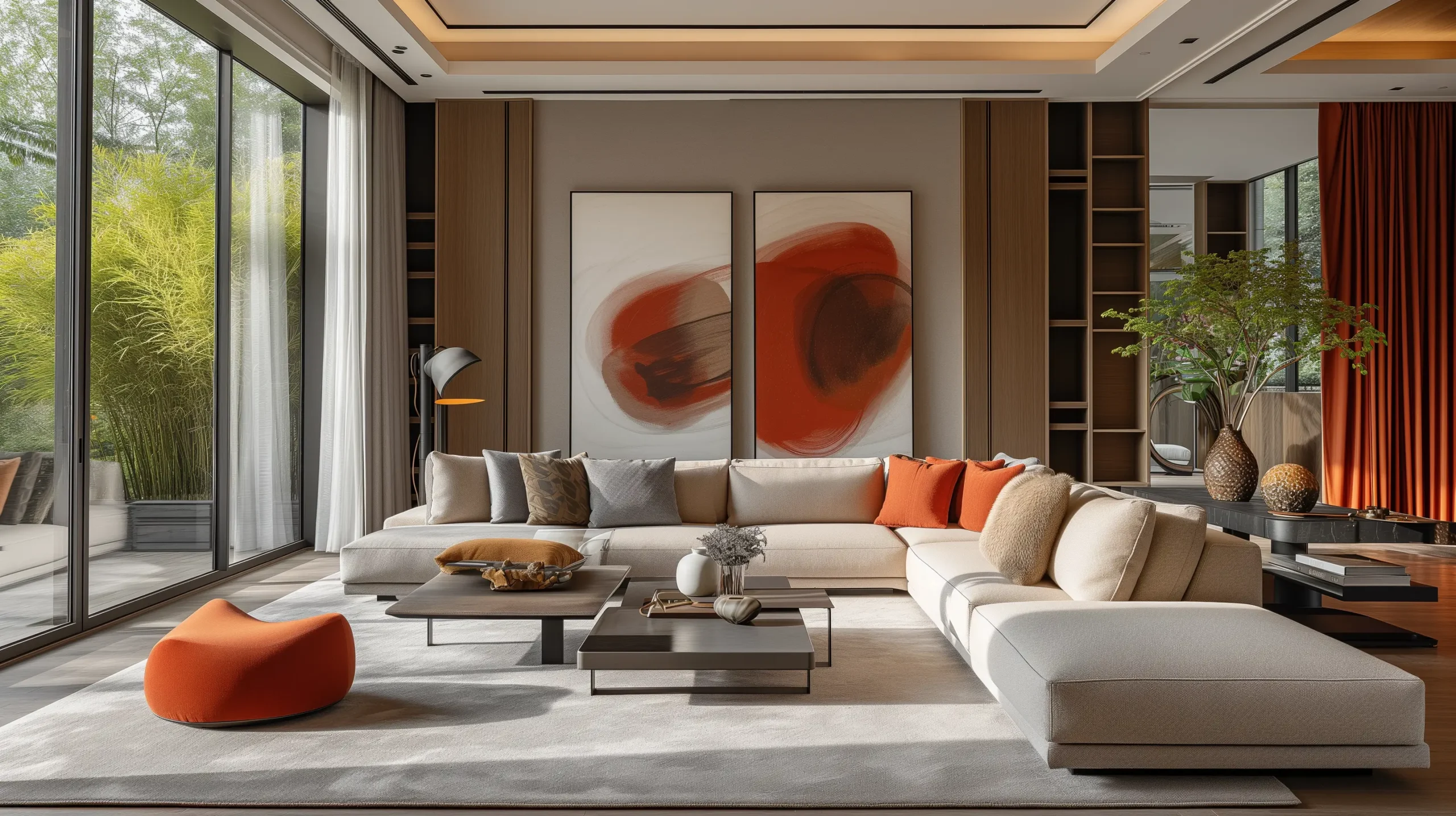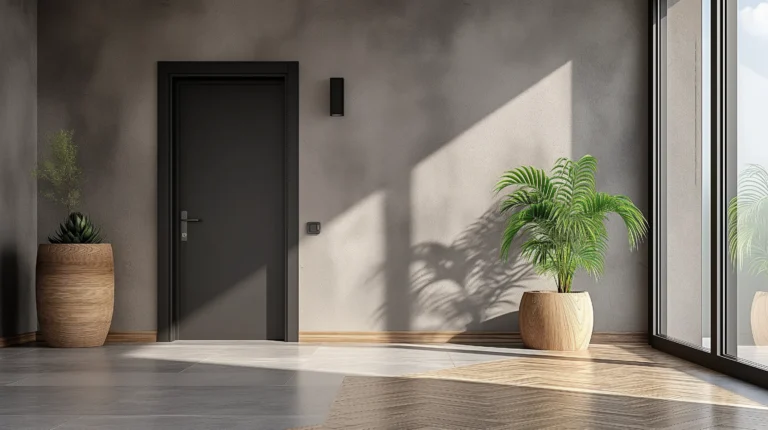Click Here To Jump To Home Inspo Photo Gallery
Finding the perfect inspiration for home decor can transform a house into a home.
It’s all about discovering those unique elements that not only reflect your personal style but also create a space that’s both functional and aesthetically pleasing.
When it comes to interior design, inspiration is key. It fuels creativity, helps us define our personal style, and guides us in making our living spaces vibrant and dynamic.
Understanding the importance of home inspiration is crucial. It’s not just about filling rooms with trendy pieces; it’s about curating spaces that resonate with us on a deeper level.
Every room, from the kitchen to the living room, offers a canvas for expressing our individuality through decor. Whether you lean towards a minimalist aesthetic, adore the rustic charm, or can’t get enough of a stylish, cozy vibe with accent pieces like rugs and fireplaces, finding your inspiration is the first step in the delightful journey of decorating your home.

As we step into 2024, the landscape of interior design continues to evolve. With a plethora of design ideas at our fingertips, from traditional aesthetics to cutting-edge trends, the challenge often lies in sifting through endless options to find what truly speaks to us.
This edition of Home Decor Ideas is your guide to navigating the vast world of interior design and home decor. It’s about refreshing your space, whether it’s through a bold new color palette, an elegant sofa, or unique antique finds that tell a story.
Finding Your Design Style

Identifying your personal style is the cornerstone of home decor. It’s about tapping into your preferences, your lifestyle, and the emotions you wish to evoke in your personal space. This step is essential; it’s what differentiates a house that looks good in pictures from a home that feels right in reality.
Here are tips for discovering your house design style:
- Reflect on your interests and hobbies. Do they suggest a certain aesthetic, such as a love for the outdoors hinting at a rustic vibe?
- Consider the architecture of your home. Does it lean towards a modern minimalist design, or does it have the bones for a cozy, antique-filled space?
- Look at your wardrobe. Often, the colors, textures, and styles you prefer in clothing can influence your interior design preferences.

Exploring popular design styles can also provide clarity. Whether it’s the clean lines of a minimalist approach, the warmth and comfort of a rustic aesthetic, or the eclectic charm of mixing antique and modern elements for a unique style, understanding these categories can serve as a springboard for your creativity.
Remember, style is not about adhering strictly to one set of rules; it’s about mixing and matching elements that resonate with you. For instance, a stylish sofa might be your centerpiece in the living room, accented with throw pillows that add a pop of color or texture. Or, a vintage rug could set the tone for your entryway, welcoming guests with a glimpse into your world.
Finding your style is a journey, one that’s deeply personal and ever-evolving. Embrace the process, allowing your home decor to be a reflection of who you are and how you grow. After all, every room in your home offers a canvas for expressing your unique design style—make it count!
Sources of Inspiration 2024
Finding inspiration for your home decor can come from virtually anywhere, but knowing where to look can help streamline your creative process. As we move into 2024, the blend of online and offline sources offers a rich tapestry of ideas to draw from.

A. Online Resources for Home Inspo:
- Pinterest remains a goldmine for home decor ideas, offering endless visuals from minimalist to rustic aesthetics. It’s perfect for creating mood boards that reflect your envisioned space.
- Instagram is where interior designers and home decor enthusiasts share their latest projects and ideas. Following hashtags like #HomeInspo or #InteriorDesign can lead you to fresh, trendy content daily.
- Home Decor Blogs provide detailed insights and tips on decorating, often showcasing how to incorporate the latest trends into your home. They can be a great source of inspiration for DIY projects and finding your style.
B. Offline Sources of Inspiration:
- Magazines like Architectural Digest or Elle Decor offer a curated look at professional interior design projects, providing high-quality photography and articles on the latest trends.
- Home Improvement Stores often set up display areas that mimic room setups, which can give you a tangible sense of how different elements work together.
- Nature can inspire your home’s palette and textures. Whether it’s the color scheme of a beach at sunset or the serene greens of a forest, nature offers a wealth of ideas that can influence your decor.
C. Creating a Cohesive Look:
- Start by selecting a core palette or theme that resonates with you. This will serve as your guide when choosing colors, textures, and furniture.
- Mix and match inspiration from different sources, but keep your foundational style in mind. This ensures your home feels uniquely yours while maintaining a unified aesthetic.
- Consider transitions between rooms. While each room can have its own character, they should flow into one another. This can be achieved through consistent color schemes, repeating textures, or thematic elements.
- Leverage digital tools like design apps or online planners to visualize how various inspirations can come together in your space. This helps in achieving a balanced and harmonious look.
Room-by-Room Interior Design Inspiration
Designing your home can feel like an overwhelming task, but breaking it down room by room simplifies the process, making it more manageable and enjoyable. Here’s how to find inspiration and infuse personal touches into each space.
A. Tips for Finding Inspiration for Specific Rooms:
- Focus on Function: Consider how you use each room. A kitchen needs to be practical and welcoming, while a bedroom should be a relaxing sanctuary.
- Gather Visuals: Use Pinterest boards or Instagram collections to save ideas specific to each room, like “kitchen inspo” or “living room decor inspo.”
- Sample Swatches and Materials: Collect paint swatches, fabric samples, and material snippets. Seeing and touching these can help you envision the space more clearly.

B. Inspiring Design Ideas for Different Rooms:
- Living Room: Aim for comfort and style with a plush, stylish sofa as the centerpiece, accented with throw pillows. Consider a bold accent wall or statement art pieces for a pop of personality.
- Kitchen: Embrace both functionality and aesthetics. Open shelving to display beautiful dishware, combined with modern or antique lighting fixtures, can create a warm, inviting space. Incorporating a kitchen island with bar stools adds a social element.
- Bedroom: Focus on tranquility with a soft, neutral color palette. A statement headboard and high-quality linens can elevate the space. Add a cozy reading nook with a comfortable chair and good lighting.
- Bathroom: Use tiles creatively for impact—think a mosaic backsplash or a patterned floor. Floating shelves for plants and essentials add both storage and charm.
- Home Office: Prioritize a clutter-free workspace with ample natural light. Personalize with inspirational quotes, art, or a vision board to keep motivation high.

C. Incorporating Personal Touches into Each Space:
- Display Personal Collections: Whether it’s vintage cameras, travel souvenirs, or first edition books, these collections tell your story.
- Artwork: Hang pieces that have personal significance, whether created by you, a friend, or an artist you admire.
- Custom Textiles: Use custom or DIY textiles for throw pillows, curtains, or rugs. These can add unique patterns and colors that no one else will have.
- Family Heirlooms: Incorporating family heirlooms or antiques gives your space a sense of history and connection.
- Personal Photos: Create a gallery wall of favorite memories or style shelves with framed photos among books and decor items.
Remember, the goal is to create spaces that not only look beautiful but also feel deeply personal and functional. Let each room reflect your lifestyle, interests, and the unique stories you wish to tell through your home’s design.
Furniture and Decor Selection
Selecting the right furniture and decor is crucial in crafting spaces that are both functional and reflective of your personal style. As we look at the trends shaping 2024, it’s important to balance these with timeless choices that resonate with you.

Trending Furniture and Decor:
- Sustainable and Natural Materials: Pieces made from sustainable sources and natural materials like rattan, bamboo, and reclaimed wood are not only environmentally friendly but also add warmth and texture to your home.
- Bold and Geometric Patterns: From rugs to throw pillows, bold patterns and geometric shapes are making a statement, adding dynamic visual interest to any room.
- Multifunctional Furniture: As homes become more versatile, furniture that serves multiple purposes—like sleeper sofas or extendable tables—is increasingly popular.
- Vintage and Antique Finds: Incorporating vintage or antique pieces adds character and a sense of history to your space, making it uniquely yours.
Choosing Pieces for Your Style and Space:
- Reflect on Your Personal Style: Start by defining your style. Do you gravitate towards a minimalist aesthetic, a cozy rustic look, or a more eclectic mix? Your furniture and decor should reflect the essence of your personal taste.
- Consider the Functionality: Think about how you use your space. In the living room, you might prioritize a comfortable sofa and plenty of seating for guests. In a home office, a spacious desk and ergonomic chair might be your top picks.
- Mix and Match: Don’t be afraid to mix styles for a unique aesthetic. Combining a modern sofa with an antique coffee table, for example, can create an interesting and personalized look.
- Quality Over Quantity: Invest in key pieces that you love and that will last. It’s better to have a few well-chosen items than a house full of things that don’t speak to you or stand the test of time.
- Accessorize Thoughtfully: Decor items like lamps, artwork, and cushions can tie a room together. Choose pieces that complement your color scheme and add a personal touch.
When incorporating trending items, balance them with pieces that match your personal style and the functionality of your space. This ensures your home feels current yet timeless, stylish yet uniquely yours. Remember, the best spaces are those that tell your story and cater to your lifestyle, blending aesthetics with practicality for living spaces that inspire and comfort.
How to Mix Styles for a Unique Home Aesthetic

Combining different design styles to create a unique home aesthetic is an art form. It allows for personal expression and can result in a space that is both distinctive and cohesive. Here’s how to master the mix for a home that reflects your multifaceted style.
Steps to Mixing Styles Successfully:
- Choose a Dominant Style: Start with a primary style that will guide the overall look of your space. This could be the style you’re most drawn to or one that complements the architecture of your home. For example, a minimalist approach might serve as a clean, uncluttered backdrop.
- Incorporate a Secondary Style: Select a secondary style to introduce contrast and interest. If your dominant style is modern, consider adding rustic elements for warmth and texture. The key is to ensure the secondary style complements rather than clashes with the primary one.
- Use Color to Unify: A cohesive color palette can tie different styles together. Choose a neutral base color and one or two accent colors to use throughout your space. This consistency in color will help different styles blend seamlessly.
- Balance Proportions and Scale: Mixing styles doesn’t mean every piece should stand out. Balance bold pieces with more subdued elements to avoid overwhelming the space. For instance, pair a large antique dining table with sleek, modern chairs for a balanced look.
- Mix Textures and Materials: Combining various textures and materials can add depth and interest. Imagine a velvet sofa against a concrete wall, or a sleek glass coffee table atop a plush, oriental rug. These contrasts add character and richness to your home.
Examples of Mixed-Style Interiors for Inspiration:
- Industrial and Cozy: Merge the raw, exposed elements of industrial design, like metal and brick, with the soft, inviting touches of cozy throws and warm lighting for a space that feels both edgy and welcoming.
- Modern and Antique: Blend the clean lines of modern furniture with the charm of antique pieces. A contemporary sofa paired with a vintage wooden chest as a coffee table can create a dynamic living space.
- Scandinavian and Bohemian: Combine the simplicity and functionality of Scandinavian design with bohemian flair’s colorful textiles and eclectic accessories for a space that’s both orderly and vibrant.
Mixing styles allows you to create a home that’s uniquely yours, reflecting your personal tastes and experiences. Don’t be afraid to experiment and adjust until you find the perfect balance. A home that mixes different styles thoughtfully is a home that tells a story—your story.

The Dos and Don’ts of Decorating
Decorating your home is a personal journey, one that allows you to express your style and create spaces that bring you joy and comfort. However, amidst the excitement, it’s easy to encounter common pitfalls. Here are some essential dos and don’ts to guide you in creating a harmonious and stylish home.
Dos:
- Do Plan Ahead: Before making any purchases, have a clear idea of your desired outcome. Measure your space, consider the light, and think about how each room is used.
- Do Focus on Quality: Invest in high-quality, timeless pieces that will last and remain stylish over time. A well-made sofa or a solid dining table can be the backbone of your room’s design.
- Do Incorporate Personal Touches: Your home should reflect who you are. Display art that speaks to you, use books as decor and don’t shy away from showcasing personal mementos.
- Do Consider Lighting: Lighting can dramatically affect the mood and functionality of a space. Combine ambient, task, and accent lighting to create a warm and inviting atmosphere.
- Do Keep Balance in Mind: Whether it’s color, texture, or furniture arrangement, aim for a balanced design. This doesn’t mean everything must be symmetrical, but the visual weight of the room should feel evenly distributed.
Don’ts:
- Don’t Rush the Process: Decorating is best done gradually. Rushing to fill a space can lead to impulsive decisions and pieces that don’t quite fit.
- Don’t Be a Slave to Trends: While it’s great to incorporate trendy elements, your home should primarily reflect your personal style. Trends come and go, but your home is for the long haul.
- Don’t Overcrowd Rooms: Leave breathing room between furniture pieces. A cluttered space can feel chaotic and smaller than it actually is.
- Don’t Neglect the Entryway: The entryway sets the tone for your entire home. Even a small console table, a squiggle mirror, or a piece of art can make a big impact.
- Don’t Forget About Texture: A room without texture can feel flat and lifeless. Mix materials like wood, metal, glass, and textiles to add depth and interest.
Home Inspo Gallery


















